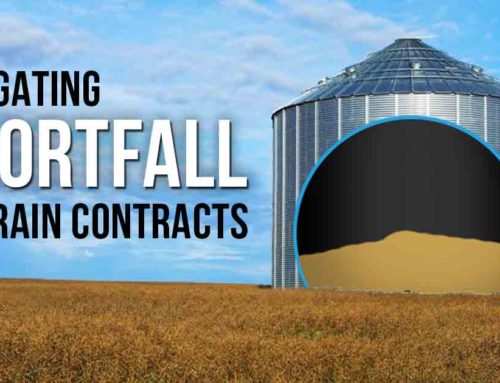Profitability and risk go hand in hand especially in the world of agriculture. Risks are incurred before the season starts right through to the time you deliver your grain. So, understanding how to use technology to improve on-farm profitability can provide a big advantage to both your bottom line and your risk management.
UNL-TAPS
A University of Nebraska-Lincoln initiative called the Testing Ag Performance Solution (UNL-TAPS) competition was launched to test the impacts of different technology on the profitability of farming operations. The goal of the competition is to put growers in contact with new ag technologies and techniques, so they better understand how they impact profitability. It also gives producers the chance to engage in an exchange of information and insight into how decisions are made and the outcomes.
Each participant made pre-season decisions about seed variety (in this case, corn), density, and crop insurance. During the growing season, decisions about irrigation and fertilizer were also made. Grain marketing also factored into the competition. The participants submitted their decisions on a website which also gave them access to photos of the plots, weather data, and other resources to support their decisions. They were competing in three categories:
- Most profitable farm
- Highest input use efficiency
- Greatest grain yield
“It’s not just about yield; it’s about highest economic yield.” says Chuck Burr, an extension educator quoted in a High Plains/ Midwest Ag Journal article.
Balancing the grain marketing risk
The UNL-TAPS competition included decision making and risk management associated with grain marketing. Some of the biggest risks growers face when marketing their grain are around the lack of transparency in the market. Today’s farming operations have access to growers from around the globe, but when you don’t know what they’re looking to buy, or how to connect with them, you’re at a disadvantage. In fact, you’re incurring additional risk because you’re unsure if the local price and contract you get will have a positive impact on the bottom line.
Here’s a list of some of the recommendations we’d make to the competitors in the UNL-TAPS to help them maximize their profitability and minimize the risks in grain marketing.
- Explore pricing and delivery options from multiple buyers in diverse locations. The best contracts aren’t always the local ones.
- Understand the implications of contract negotiations with your local dealer and balance the risks of overcommitting
- Be sure you review and understand the legalities of the contract and confirm if it’s binding
- Regardless of the crop or the grade, don’t assume there’s only one time and place to sell. There are niche buyers with diverse needs.
If you want to use technology to help you overcome some of the risks associated with grain marketing, contact us for a free demo and we’d be happy to show you how it works.
For more information on the UNL-TAPS competition, read the full High Plains/Midwest Ag Journal article Competition allows ag producers to try new technologies, methods or visit the UNL-TAPs website.




